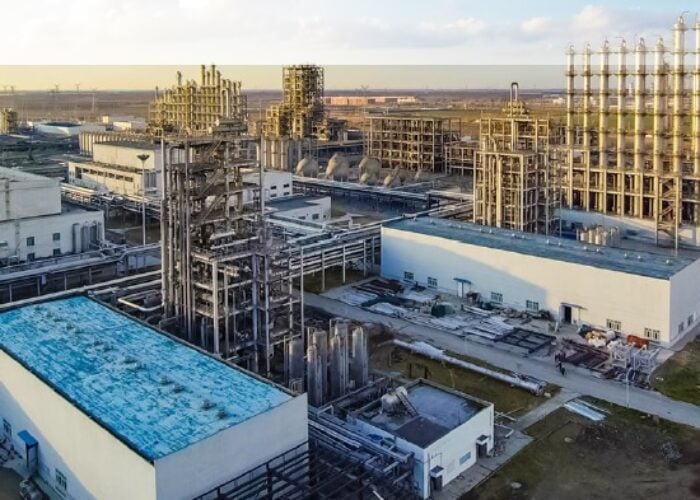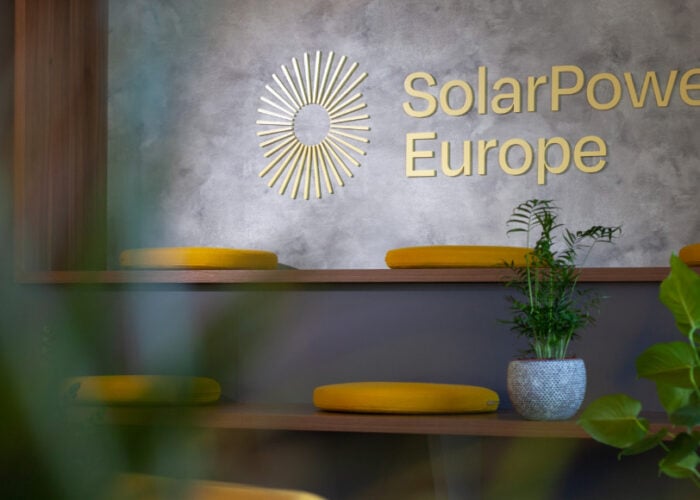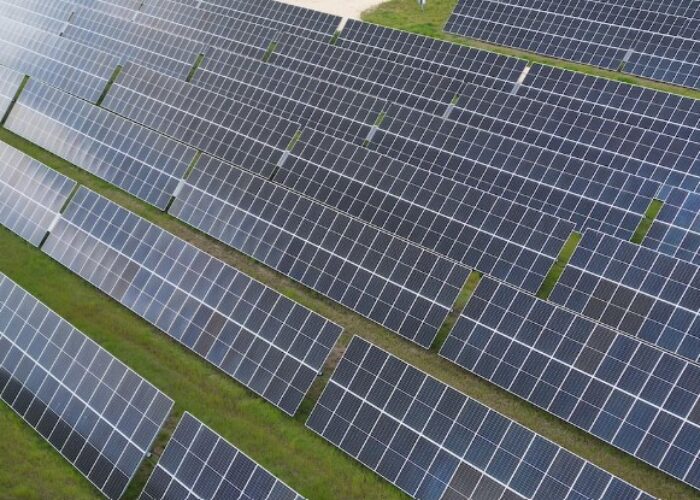Mitsubishi Electric Corporation has improved its highest conversion efficiency rate for a 150 x 150 millimeter practical-size multicrystalline silicon photovoltaic (PV) cell by 0.3 points from 18.6 percent to achieve a claimed new world record of 18.9%.
Problem
Production volumes of solar, or PV, systems have been increasing as they have garnered attention as a good source of renewable energy, against the background of increased global environmental awareness. While silicon is an essential component in the wafers used to make PV cells, the supply of silicon has not been able to keep up with demand. This is driving research into the development of thinner wafers that not only use less silicon, but also have improved efficiency and increased electrical output.
Solution
To increase the photoelectric conversion efficiency rate in PV cells, it is important to absorb and generate electricity efficiently from a wide range of wavelengths in sunlight. Due to the characteristic of crystalline silicon, which has difficulty in absorbing infrared rays, only roughly half of the infrared rays in sunlight can be used to generate electricity, while the other half is usually lost as heat energy after reaching the rear surface of silicon cells. In particular, the thinner the silicon PV cell is, the more difficult it becomes to absorb infrared rays. Mitsubishi Electric has succeeded in improving efficiency in utilizing infrared rays by 26% compared to the company’s previous PV cells, whose development was announced on March 19, 2008. The newly developed PV cell has a rear-surface reflection structure, which reflects infrared rays that reaches its rear surface to allow the cell to absorb more light.
Applications
Mitsubishi Electric photovoltaic modules are designed for both commercial and domestic applications suitable for grid-connected systems.
Platform
To increase the photoelectric conversion efficiency rate in PV cells, it is also important to reduce the amount of light reflected from their front surface to take more sunlight into the cells. This newly developed PV cell adopts the same low-reflective honeycomb-textured structure as the one previously developed by Mitsubishi Electric that achieved an 18.6% conversion efficiency rate. The hexagon structure incorporates very small bowl-shaped concaves. Mitsubishi Electric also aims to increase output of PV systems by combining this technology with its PV inverters, which have a high energy-conversion efficiency rate.
Availability
April 1, 2010 onwards.
This article requires Premium SubscriptionBasic (FREE) Subscription
Already a subscriber? Sign In
Try Premium for just $1
- Full premium access for the first month at only $1
- Converts to an annual rate after 30 days unless cancelled
- Cancel anytime during the trial period
Premium Benefits
- Expert industry analysis and interviews
- Digital access to PV Tech Power journal
- Exclusive event discounts






